'Radio was different then': Moments from 'iconic' Radio City during its early days
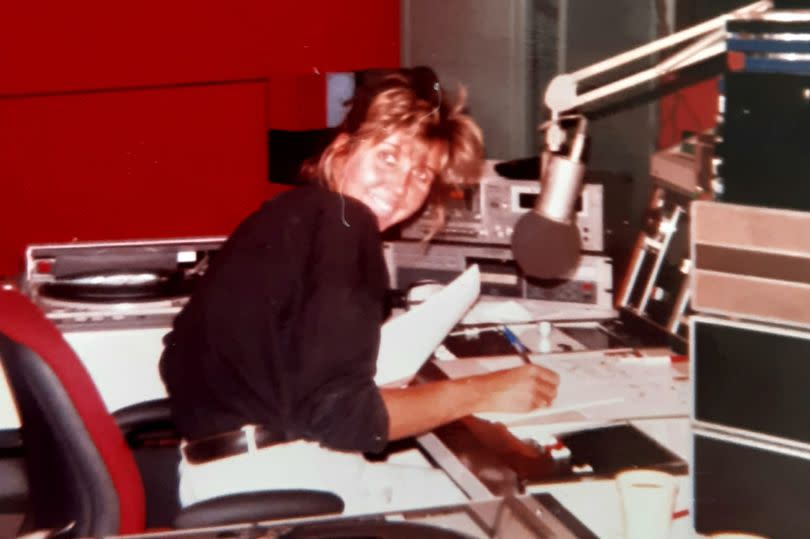
For nearly half a century, Radio City was part of the fabric of Liverpool life, listened to by commuters and households across the region.
Radio City was launched on October 21, 1974, after winning a contract to broadcast independent local radio from its studios on Stanley Street. And by 2000, it moved to St John's Beacon, with the station's name standing out boldly on Liverpool's world famous skyline.
Last month, April 17, saw Radio City's last day with its iconic name. Station owners Bauer Media announced in January that it intended to rebrand the station as Hits Radio Liverpool, bringing its name in line with the company's other stations up and down the country.
READ MORE: See who you remember in these 21 photos of Merseyside teachers
READ MORE: Remembering Liverpool legend and DJ Wally Scott
It was an end of an era for the station, which would have celebrated 50 years as Radio City this year - but its legacy lives on in those who were part of it, past and present. As part of the Liverpool ECHO's How It Used To Be series, we spoke to Radio City alumni Kev McDempster and Laura Penn about memories from the early days of the station and how the industry has changed since the 70s and 80s.
Kev McDempster, who grew up in Kirkby, worked for many years with the late Phil Easton on The Great Easton Express. Phil, who died in 2009, worked with Radio City for more than 30 years and was one of the first DJs to join the station when it launched.
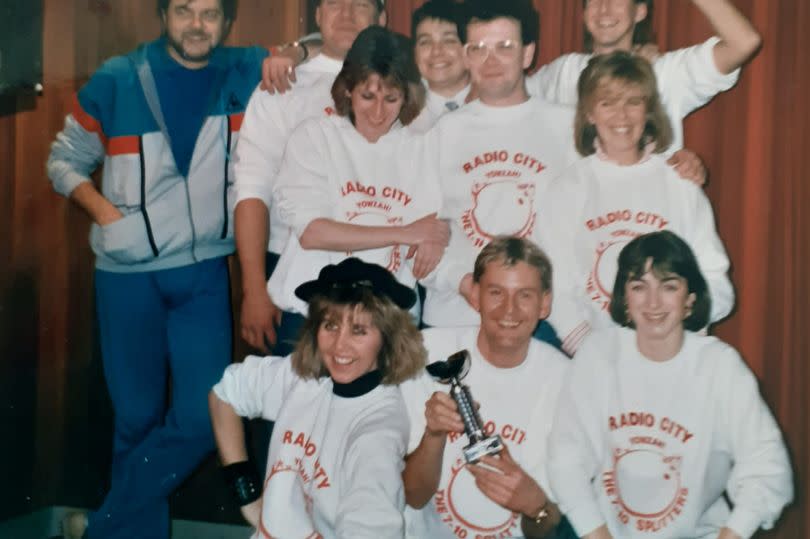
Kev, now 66, told the ECHO: "I met Phil Easton in The Grapes pub in Mathew Street and it all started from there. I worked in a record shop at the time.
"The Grapes was a great place for meeting people, certainly back in the days of Radio City being in Stanley Street. Every Wednesday night, lots of people who worked in music, either In shops or who were working at venues would be in there and also representatives from music companies who had just been into Radio City to plug their latest single or album.
Do you have a story for our How It Used To Be series? Let us know in the comments section below.
"I had the joy and honour of working with Phil Easton on The Great Easton Express. That was such an innovative show. As Phil would attest if he was still with us, it was one of the very first show on UK radio that had more than one presenter, that was a new thing at the time.
"It's accepted now but it was very, very different at the time. It made such a contribution to the music scene in Liverpool and on Merseyside, it had an enormous impact."
Now 40 years ago, Laura Penn, from Crosby, became the first female presenter on the station back in 1984. Laura, now 60, told the ECHO: "I'm really pleased a lot has changed. In my day, someone doing the breakfast show like you've got now on various commercial stations would have been unheard of.
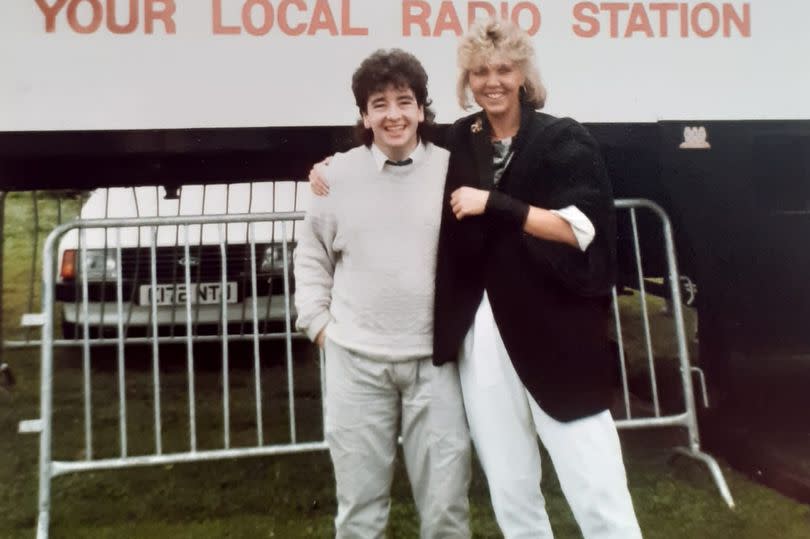
"In your 20s, you just accept things. I have three older brothers so I grew up in a male dominated environment so it didn't even occur to me until it was pointed out. I just mucked in and was happy to be doing something in music and theatre and doing something I enjoyed.
"They didn't have a female presenter and we always joked that women weren't invented on radio until 1984 because it was an all male line-up. There were a couple of girls doing the news but no actual presenters and Tony Snell and I started together on a programme called The Noise.
"He did music and I did theatre, so it was kind of an artsy show in the evening. Like a lot of things, it can only be valued in hindsight. Now looking back, you kind of have to pinch yourself and say that was a special time."
For the first 26 years of its life, Radio City called Stanley Street home, between 1974 and 2000. Laura said the building was quite small but consisted of three floors.
There were also rumours the site was haunted and at one point, a paranormal investigator came in as part of Radio City legend Norman Thomas' show. Laura said: "The first floor was three studios and reception, the middle floor was the programming department and then the third floor was sales and commercial, so we were all on top of each other - hence why the lift was a common place where you'd bump into people."
Kev said: "The toilets were on the top floor and the studios were on the bottom floor. The average record you played in those days were two-and-a-half minutes." Laura added: "Before CDs, we broadcasted with records. If ever you heard The Eagles, Hotel California, someone had gone for a pee - it's six minutes long."

As Radio City established itself in the city and beyond, more famous artists came through the door. In the early days, many new musicians and bands locally and further afield also got the opportunity to come on various shows, before they skyrocketed to fame.
For Kev and Laura, it became "the norm" to bump into an artist in the lift or in the studios, as "anybody who was anybody" wanted to speak to presenters at City. Kev said: "If you speak to anybody of a certain age about Phil Easton, they will immediately say The Great Easton Express - one of the longest running rock shows anywhere on radio.
"People would travel to speak to Phil Easton on The Great Easton Express - it was amazing the things that happened. Legendary bands made jingles for him because they wanted to.
"Speak to the guys from U2, speak to Mark Knopfler who credits Phil with helping Dire Straits break through, speak to David Coverdale from Whitesnake who said if it wasn't for Phil Easton and the Battle of The Bands show he used to do and him coming along as a judge, Whitesnake wouldn't exist.
"It was a place where legends were happy to come and speak. It happened on other shows as well but it was just an amazing place, an amazing time, an amazing era and atmosphere.
"The legends of music were regular visitors to Stanley Street. If you mention a name of anybody at all who would you would grant legendary status to in music back in those days, they all visited those studios in Stanley Street. We all sat on the first floor and just to stroll in and literally walk into Freddie Mercury and Roger Taylor from Queen was quite a thing. It was just a remarkable era and remarkable place."
Laura said: "You took it for granted - I remember getting in the lift and Tom Jones was there with his son. I thought why are all these women outside the front door and I remember them throwing knickers up at the window.
"Radio was different then. You had the BBC, three channels on telly and radio presenters were stars to a degree. They were very famous in their local area and when you look back now it was an astonishing time. When Queen were sitting waiting to be interviewed, none of us knew how massive Queen were going to be."
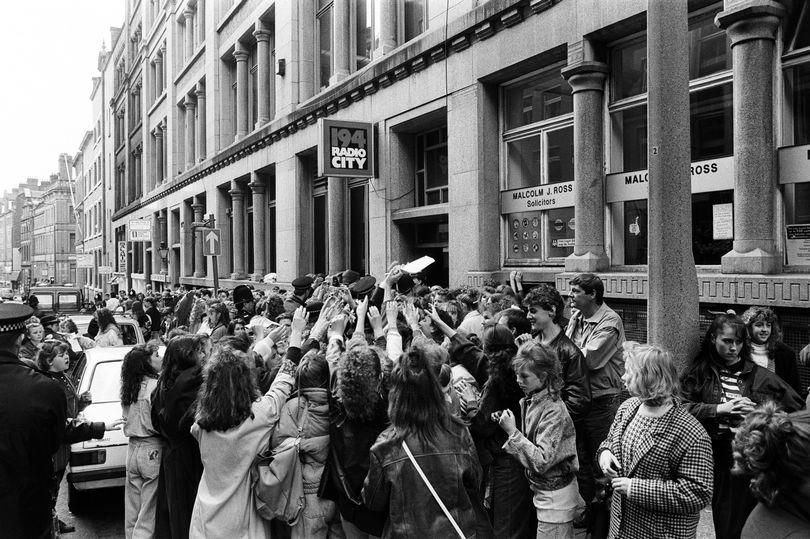
St Johns Beacon has been a familiar sight in the city centre for decades and since the early 2000s, the beacon has been known locally as "the Radio City tower." One of our city's most famous landmarks, its presence dominates the skyline and the tower became more famous in the 1970s for its signature revolving restaurant.
In 2000, Radio City made the move there and Kev remembers Phil Easton being the man behind the idea. Kev said: "If it wasn't for Phil, Radio City wouldn't be in that tower because it was his idea.
"There was a TV show on at the time, it was about a jewellery thief and they did some filming in there, it was on BBC. We went up there and that's when he said this would be a great place for Radio City."
Before the days of social media, people across the city would ring or write in to talk to Radio City presenters and be part of their shows. In the Stanley Street days especially, many will remember seeing music fans queuing outside in the hopes of spotting a famous face.
Kev said: "I'm a kid from Kirkby and it was a dream - I got to meet my heroes and people were coming up to me, people who I'd queued up for six months before to get tickets to see in The Empire and suddenly they're sitting in front of me. Hanging out with the people who were there, camaraderie with the people who were there - they were your colleagues, they were your friends and there was such a great feeling between everybody.
"You did your best and you were professional but you were proud to represent Radio City, your city. You were very conscious you were talking to the people of Liverpool and you were honoured to talk to the people of Liverpool."
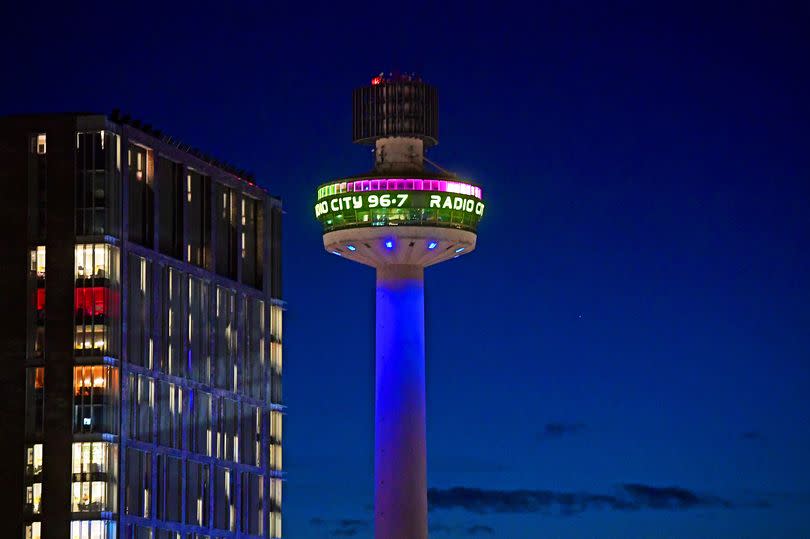
Last month, April 17, saw Radio City's last day with its iconic name. Station owners Bauer Media announced in January that it intended to rebrand the station as Hits Radio Liverpool, bringing its name in line with the company's other stations across its network.
Though its name has changed, the station is still available on 96.7FM - as well as on DAB radio and online. This year would have marked Radio City's 50th birthday of its original name.
Decades on from Kev and Laura starting at Radio City, the industry has seen a massive change. But its legacy lives on through those who have worked there, past and present. Later this month, Kev is also sharing his memories and experiences with the next generation at an event with The University of Liverpool.
Laura said: "For me, being very green and young, what a gift to learn broadcasting from these people and learn it by osmosis - people like Norman Thomas, Phil Easton, Johnny Kennedy , Dave Lincoln - it's a testament of how many are still with us are still friends.
"I went on to present in television and the reason I got that job was because I could broadcast as a radio presenter - I could think on my feet, I could just keep talking. I learnt that in my opinion from the best broadcasters this city had ever produced."
Kev said: "When you think back about the people from Radio City sport - Clive Tyldesley, Richard Keys, Kevin Keatings, Vinny O'Connor - it was a hotbed of talent and that talent was nourished and encouraged. In Liverpool, we love nostalgia.
"People of this city will still call it City. They may be changing the name on the front door but for a long time it will still be called City.
"It'll fade from memory and it will become history but it will take a while for that to happen. It’s sad but life changes, including in radio."
No Smoke On The Water - a conversation in rock with Kev McDempster, takes place on May 21 at 11am at the Quaker Meeting House, School Lane.
Receive newsletters with the latest news, sport and what's on updates from the Liverpool ECHO by signing up here

 Yahoo News
Yahoo News 
